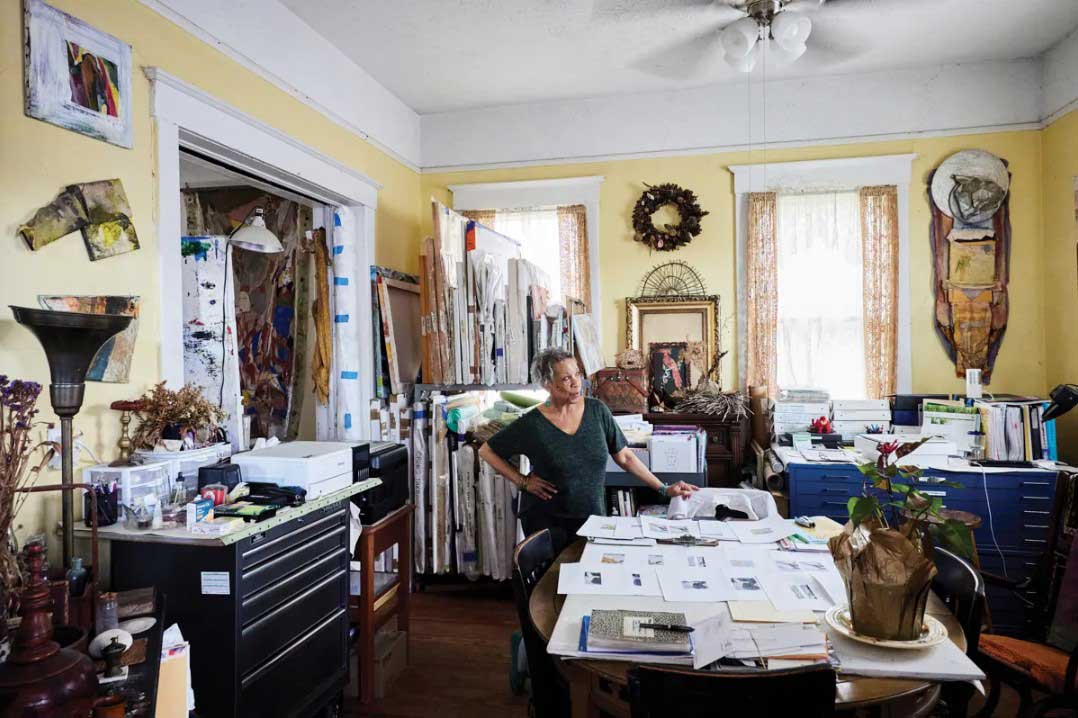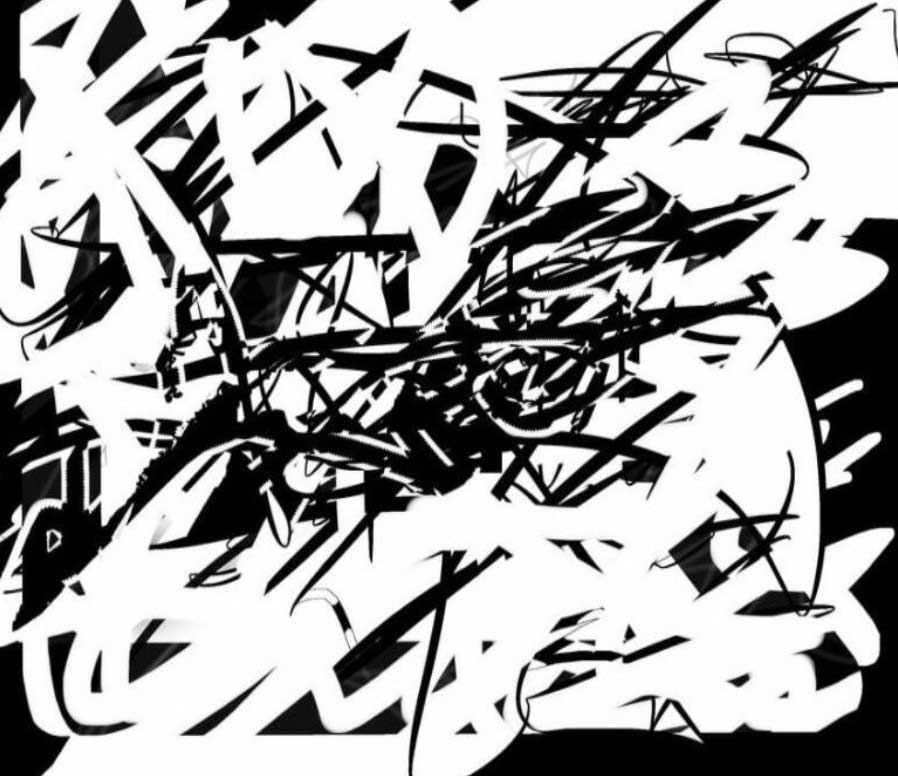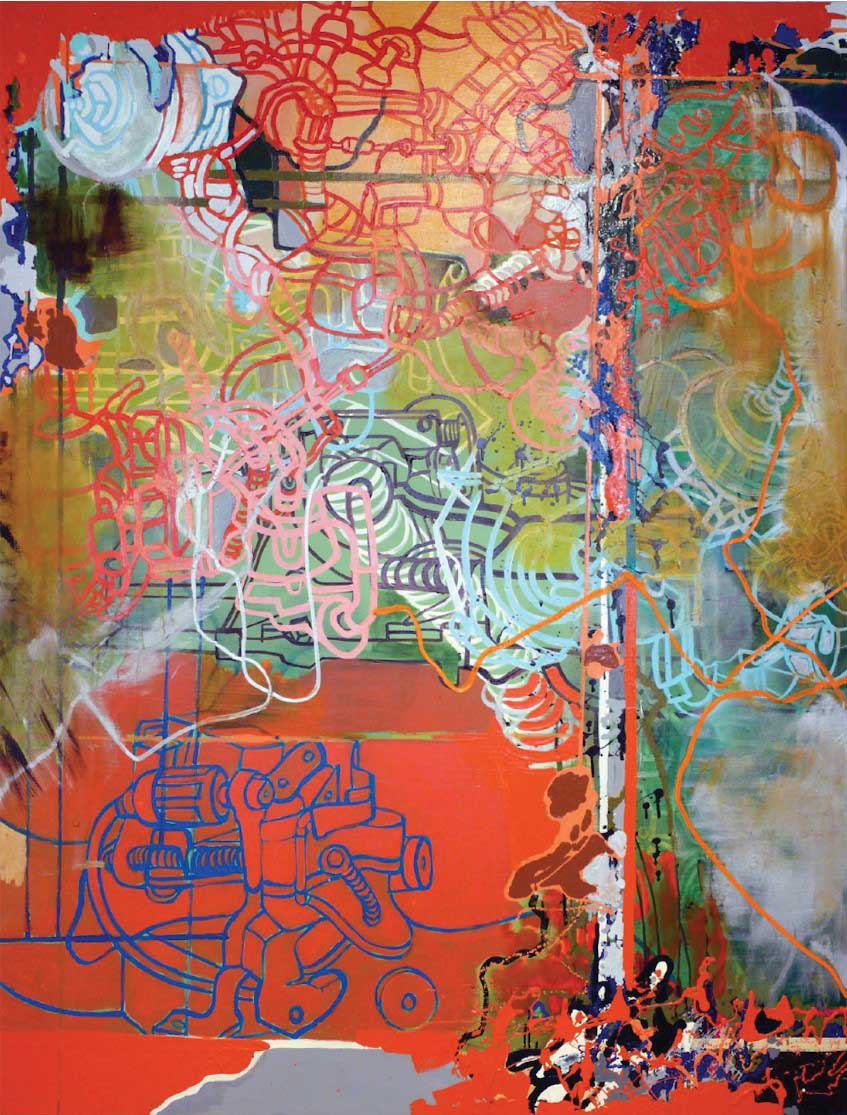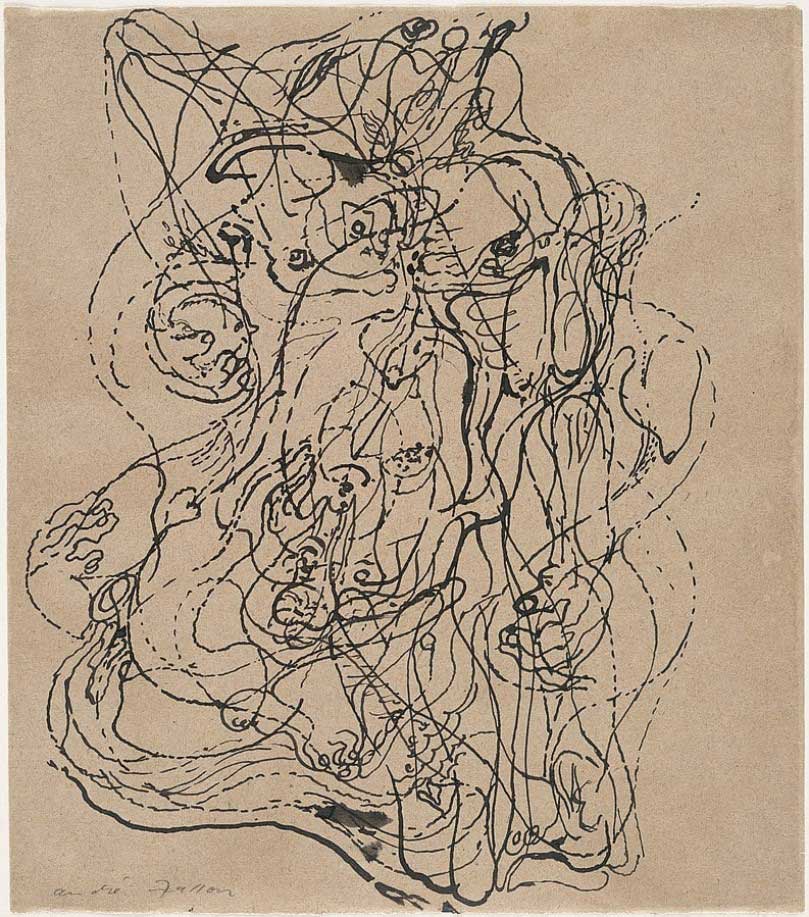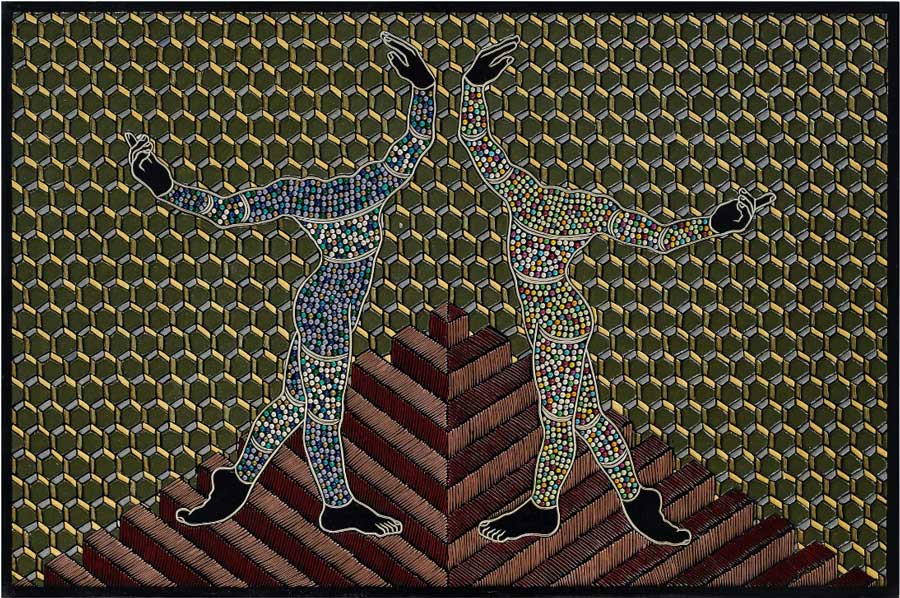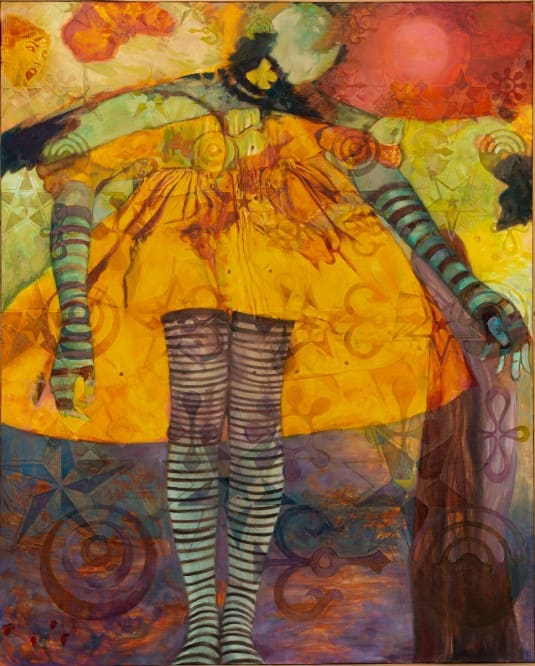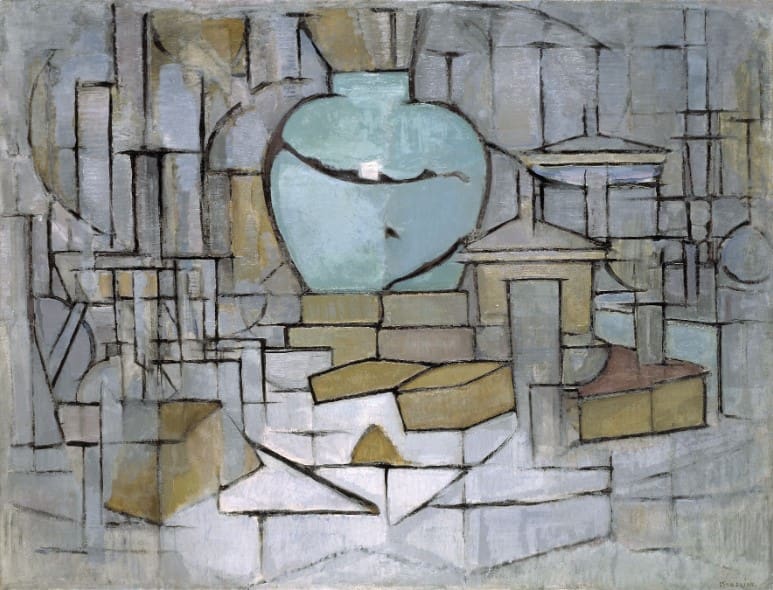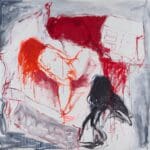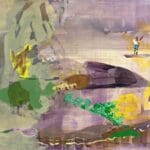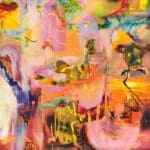Suzanne Jackson in her studio. PHOTO PETER FRANK EDWARDS
The day after Donald Trump was elected president, Suzanne Jackson’s son, an actor and film producer named Rafiki Smith, died. He had suffered a heart attack earlier in the year, but he had still been running around Savannah, Georgia, where he and Jackson lived, to help get out the vote. The two of them watched Hillary Clinton’s concession speech, and that night, as the gloom descended, he had a second heart attack. He was 45. “A lot of younger people, and older people, went out at that time,” Jackson told me, mentioning the husband of an acquaintance who crashed while flying his plane and a woman in Savannah whose three sons overdosed, one after another. “It was a dark time, a terrible time.” What saved Jackson in the short term, she said, was that her son “was such a silly joker, and within an hour all his friends were calling and were on my front porch, and I was consoling them.” What saved her in the longer term was her art.
Jackson’s home and studio are in a rambling 19th-century house near Savannah’s historic district. In the front yard, behind an old iron fence, stands a memorial to her son, set up by his friends. She recently had to put up a sign warning people to keep out, after someone went in there to use her water spigot and managed to upset an arrangement of shells. Jackson said an interviewer lately asked her what had been the chief creative sparks in her life. Her answer: “When my son was born, and when my son passed away.”
Read the original article here… and return to discuss on artistvenu below

